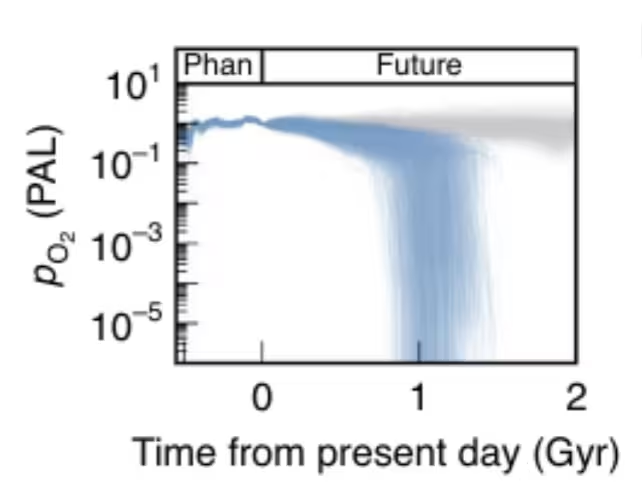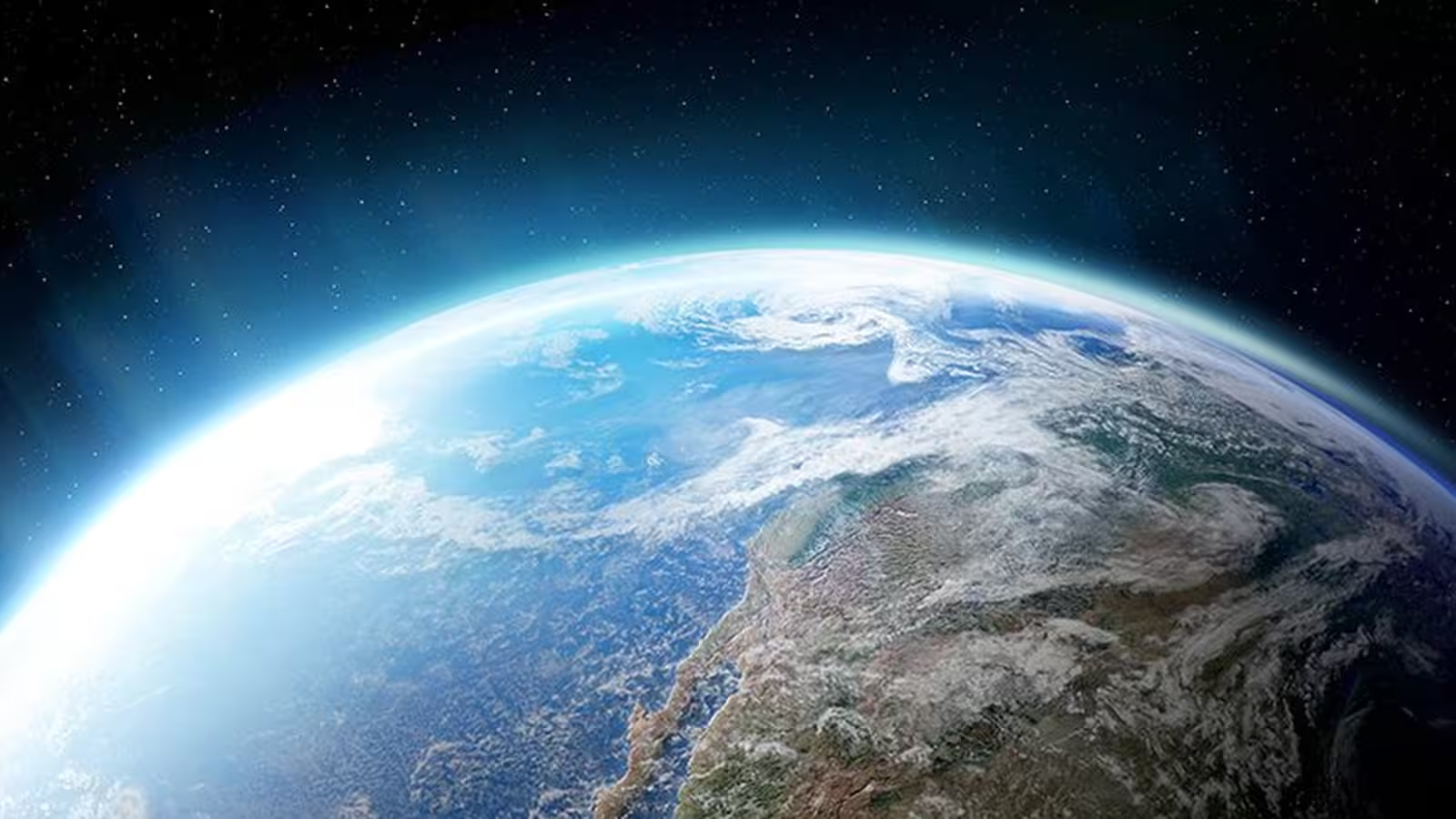5 Minutes
Earth’s Oxygen Era: A Temporary Sanctuary for Complex Life
Oxygen is one of Earth’s most vital resources, sustaining complex organisms and making our planet habitable for billions of years. However, recent research suggests this oxygen-rich period is far from permanent. Scientists project that, within the next billion years, Earth's atmosphere could undergo a rapid transition, reverting to a state dominated by methane and strikingly low in oxygen—a phenomenon with profound consequences for terrestrial life.
The Atmospheric Shift: Returning to Prehistoric Conditions
Earth's current atmospheric composition, rich in oxygen and relatively low in methane, is a relatively recent development in geological terms. According to a 2021 study, our planet is on course to lose its oxygen-rich air, echoing conditions prior to the Great Oxidation Event (GOE) 2.4 billion years ago. At that time, Earth's atmosphere was far less hospitable to complex life, favoring only anaerobic organisms.
The main drivers of this projected transformation are the gradual brightening of the Sun and the intricate interplay of the global carbonate-silicate cycle. "For decades, the lifespan of Earth's biosphere has been discussed with reference to the Sun's increasing brightness and the geochemical cycles shaping atmospheric CO2," explained Dr. Kazumi Ozaki, an environmental scientist at Toho University, Japan. As solar radiation intensifies, it is expected to accelerate the breakdown of carbon dioxide—a critical ingredient for photosynthesis—triggering a steep drop in atmospheric oxygen.
Projected Timeline and Mechanism of Oxygen Loss
The dramatic change is forecast to occur relatively swiftly on geological timescales, most likely before Earth’s surface water is lost to space or a moist greenhouse effect takes hold. Extensive computer modeling—featuring nearly 400,000 different scenarios—reveals a future in which atmospheric oxygen plummets to levels reminiscent of the Archean eon, possibly a million times less than present-day amounts. Earth scientist Chris Reinhard of the Georgia Institute of Technology emphasized the scale of this change, noting to New Scientist, "The drop in oxygen is very, very extreme—around a million times less than there is today."
As oxygen levels collapse, the viability of oxygen-dependent species, including virtually all animals and plants, becomes unsustainable. This sharp decline in photosynthetic activity means that microbial and anaerobic life forms—capable of surviving without oxygen—will likely inherit the planet long after complex multicellular life vanishes.

Consequences for Life and the Search for Habitable Worlds
While such an atmospheric transition is not expected for approximately another billion years, its projected consequences extend beyond Earth. The findings have significant implications for astrobiology and the ongoing search for habitable exoplanets. Current efforts to detect life beyond our Solar System often focus on identifying biosignature gases such as oxygen. However, this study suggests that planetary atmospheres can switch between habitable and inhospitable states, and oxygen may not be a permanent marker of life.
As increasingly sophisticated space telescopes—like those involved in NASA’s NExSS (Nexus for Exoplanet System Science) project—collect more detailed data, scientists are re-evaluating how to interpret atmospheric signatures. The research by Ozaki and Reinhard indicates that planets can lose their oxygen-rich environments long before life as a whole goes extinct, meaning other biosignatures, such as methane or the byproducts of anaerobic metabolism, should also be pursued in the hunt for extraterrestrial life.

What Will Earth Be Like After Oxygen?
When the Earth's atmosphere finally shifts, it will be characterized by high methane concentrations, low carbon dioxide levels, and a total absence of the protective ozone layer. According to Ozaki, “The atmosphere after the great deoxygenation is characterized by elevated methane, low-levels of CO2, and no ozone layer. The Earth system will probably be a world of anaerobic life forms.” This transformation signals not only an endpoint for human and animal life, but a return to the planetary conditions that predated the rise of complex organisms.
Conclusion
The eventual depletion of atmospheric oxygen marks a pivotal chapter in Earth's future biosphere. Driven by the natural evolution of the Sun and geochemical cycles, this predicted transformation will end the reign of oxygen-dependent life and pose profound implications for understanding planetary habitability, both on Earth and in the universe at large. By expanding our search for varied biosignatures, scientists hope to better identify where life—past, present, or future—might truly exist.



Comments